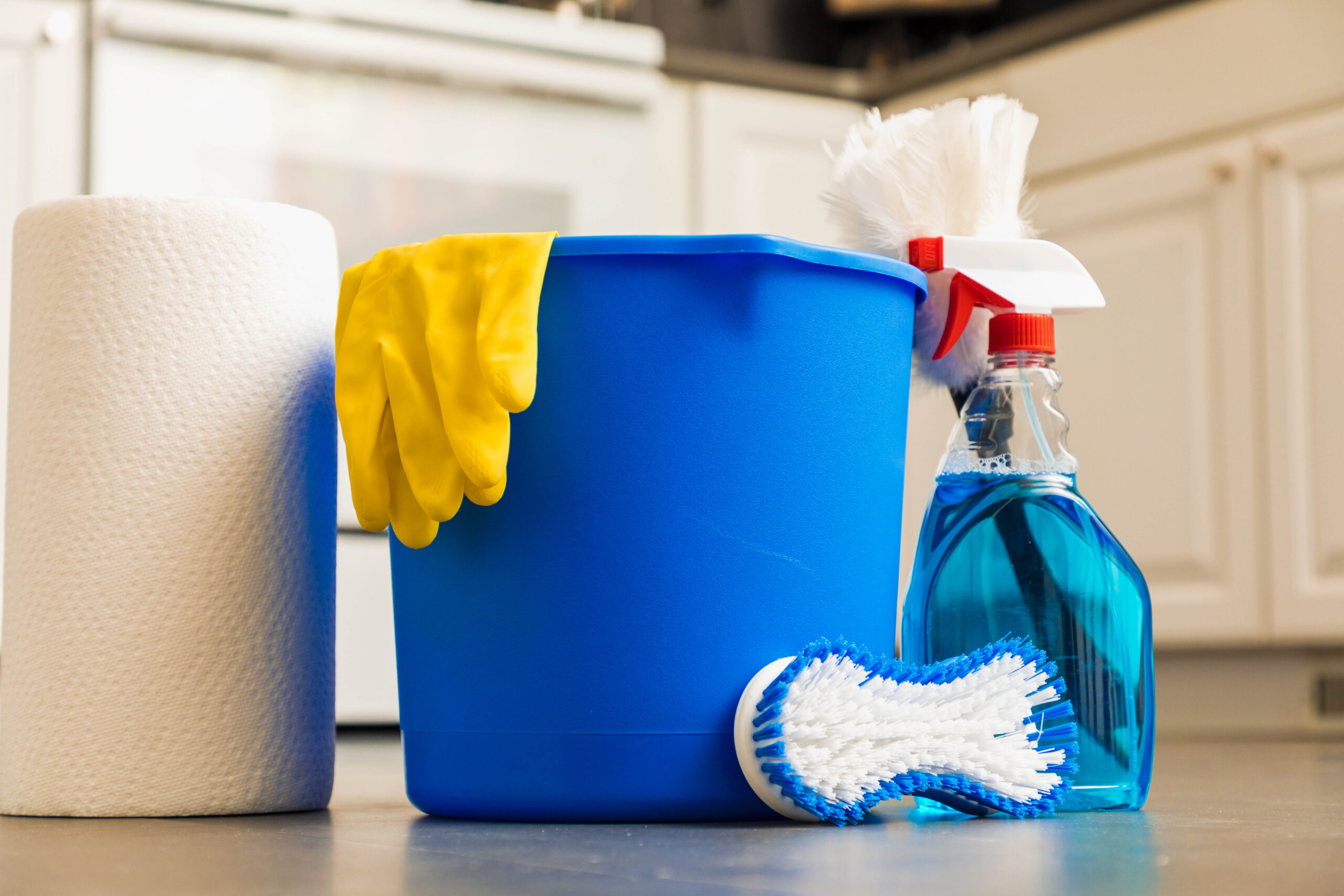With many of us working from home or self-quarantining, we’re all probably doing a little more cleaning than usual during this ongoing pandemic.
So that begs the questions, are we cleaning enough and are we cleaning the right way?
Ami Cook of the West Virginia University Extension Service said it is important to remain vigilant with cleaning and remember it’s impossible to clean too much.
“We want to clean and disinfect frequently used surfaces often because every time they are used or touched, new germs are exposed to those surfaces,” Cook said in an email to The Dominion Post. “By cleaning frequently, we reduce the exposure of those germs to the next person who touches that surface.”
But Cook, who is the Extension Service Families and Health agent for Clay and Braxton counties, said to make sure the right product is being used and follow the manufacturer’s directions.
“According to the Centers for Disease Control and Prevention, cleaning is removing dirt and some germs from objects and surfaces,” she said. “Disinfecting eliminates germs on surfaces and objects, and sanitizing lowers germs to a safe level.”
Any disinfectant product must meet government specifications. If a product meets the government’s criteria, then there will be an EPA registration number on the container, she said.
“Federal regulations require large and small quantity generators of hazardous waste to obtain an EPA identification number,” she said. “This is helpful to consumers because at times of an outbreak, the EPA can tell you exactly which registered products can be used to disinfect against, in this case coronavirus.”
According to the American Cleaning Institute, a Washington, D.C., trade group that represents producers of household, industrial and institutional cleaning products, there are three types of disinfectants:
- EPA registered chlorine beach. This is effective when properly mixed with water and used on clean surfaces.
- EPA registered disinfectant cleaners. These products have ingredients that remove dirt as it kills germs.
- EPA registered disinfectants. These are effective on clean surfaces.
Children’s toys should be cleaned and disinfected after they are used. Blankets and stuffed animals should be washed in hot water and with chlorine bleach — if possible, Cook said. Also, dry the items on high heat at least once a week if someone in the house is sick.
Cook said it doesn’t really matter if paper towels, sponges or rags are used to clean. Plus, use gloves when using disinfectants to minimize damage to hands.
“All of these are acceptable methods of cleaning resources if used
properly.”
Sponges, however, should be soaked five minutes in a mixture of one quart of water to three tablespoons of bleach after each use and then air dry. Sponges should be replaced every two to eight weeks, depending how often they are used.
Also, Cook said it is important not to mix cleaning agents unless the label says you can.
“Mixing bleach with vinegar or ammonia will create toxic fumes that when inhaled can cause coughing, shortness of breath and even chest pains,” she said. “Mixing bleach with rubbing alcohol creates chloroform, which is highly toxic.”
TWEET @41Suzanne




